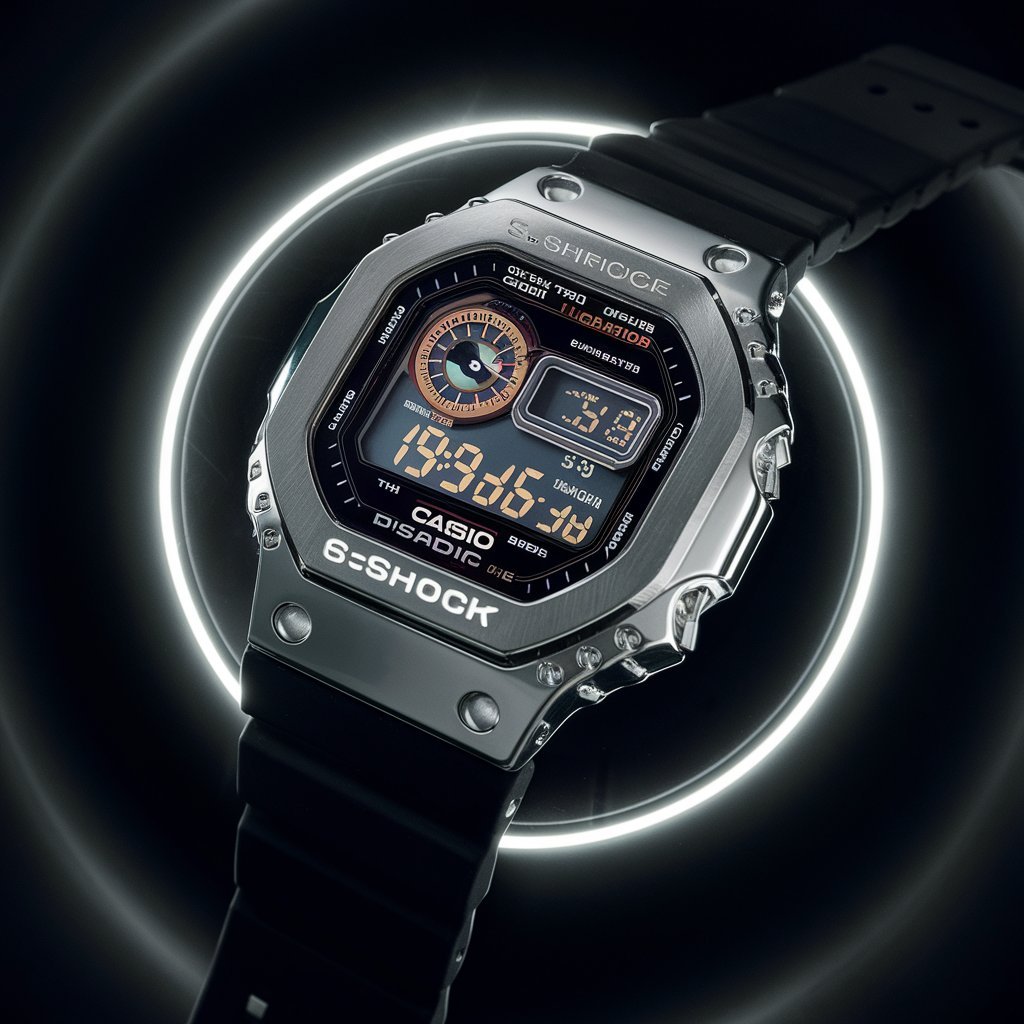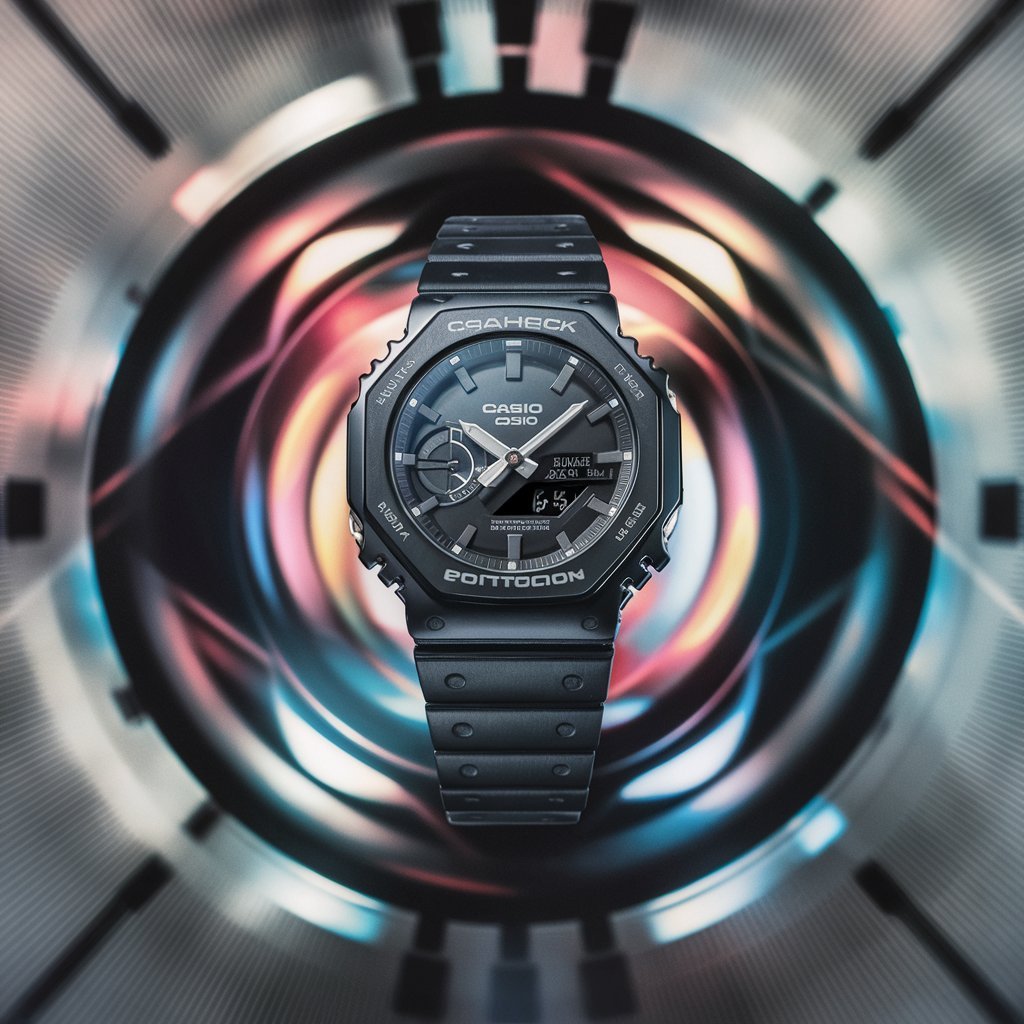Casîo: The Mysterious Underground Movement Resurrecting Analog Tech in a Digital World

In the back alleys of Berlin, Tokyo, and Buenos Aires, a cryptic subculture is breathing new life into forgotten technology—worshipping the hum of cassette tapes, the flicker of CRT screens, and the mechanical clatter of dot-matrix printers. They call themselves Casîo (pronounced “ka-SEE-oh”), a name whispered in online forums and spray-painted on abandoned electronics warehouses.
Neither a company nor a formal collective, Casîo is a loose movement of artists, hackers, and nostalgists who reject the sleek silence of the digital age in favor of the warm imperfections of 1980s and ’90s tech. But who are these analog insurgents? Is this just retro fetishism, or is there something deeper—a philosophy, even a rebellion—hidden beneath the layers of magnetic tape and cathode-ray glow? This article dives into the shadowy world of Casîo, exploring its origins, its underground experiments, and why a generation raised on smartphones is suddenly desperate to touch, tweak, and feel their media again.
1. The Birth of Casîo: From Typo to Tech Manifesto
The name Casîo first appeared in 2017, scrawled on a defunct Casio keyboard in a Berlin squat—likely a misspelling that stuck. But the movement’s ethos crystallized when a manifesto (printed on a dot-matrix printer, naturally) began circulating in hacker spaces. Titled “Error Is the Only Sacred Thing,” it argued that digital perfection had sterilized creativity: “Your iPhone corrects your typos.
Your Spotify playlist never warps. Your cloud never forgets. Where is the humanity in that?” Casîo became a banner for those seeking the unexpected beauty of analog flaws—the way VHS degrades with each copy, the way a dusty NES cartridge sometimes glitches into surreal new game levels. Early adopters hosted “Circuit Bending Nights,” where they’d modify old Casio keyboards and Sony Walkmans to create instruments that shouldn’t work but somehow did.
2. The Tech They Worship (And Why)
Casîo isn’t about mere nostalgia—it’s a curated obsession with machines that resist user-friendliness. Their holy grails include:
-
Fujitsu thermal fax printers: Prized for their ability to “burn” messages onto paper like ancient scrolls, often used to send cryptic poetry between members.
-
Sony Trinitron TVs: The gold standard for Casîo’s “glitch cinema” screenings, where VHS tapes are deliberately damaged to create new, accidental art.
-
Texas Instruments Speak & Spell toys: Circuit-bent to recite dystopian haiku or scream like demons.
The goal isn’t to replicate the past, but to weaponize its limitations. As one member told me: “A Spotify algorithm knows you too well. A mixtape can still surprise you.”
3. The Casîo Aesthetic: Where Retro Meets Dystopia

Walk into a Casîo “node” (their term for meetup spaces), and you’ll find a carefully curated chaos: walls papered with 1990s error messages, Atari 2600s repurposed as altars, and a pervasive smell of ozone from overheating CRTs. Their visual language leans into the “corporate analog” vibe of late-Cold War tech—think Blade Runner meets a Soviet computer lab. Key motifs:
-
Glitch Scriptures: Old DOS prompts edited to display philosophical maxims (“C:> LIFE IS A SYNTAX ERROR”).
-
Data Decay: Art made by repeatedly re-recording analog tapes until the original content dissolves into noise.
-
Bootleg Cartridges: NES games hacked to tell new stories (e.g., Super Mario Bros. modded to depict the 2001 Argentine economic crisis).
This isn’t just style—it’s a statement that the future they want looks nothing like the Silicon Valley vision.
4. The Underground Economy of Casîo
Because Casîo relies on dead tech, its members have built a shadowy supply chain:
-
E-Waste Raids: Dumpster diving behind electronics stores for “obsolete” gear.
-
The Tape Mafia: A network trading rare blank cassettes (the higher the hiss, the better).
-
Black-Market CRTs: Smuggled from Eastern Europe, where Soviet-era TVs are plentiful.
Money is rarely used; trades happen via barter (“I’ll fix your Walkman if you teach me how to hack a Game Boy camera”).
5. Is Casîo the Future—Or Just a Cult?
Critics dismiss Casîo as Luddite cosplay, but its influence is spreading:
-
Music: Hyperpop artists like 100 gecs use Casîo-style tape loops.
-
Film: A24’s Everything Everywhere All At Once borrowed its VHS aesthetic.
-
Fashion: “Error-core” looks featuring pixelated prints and faux-corrupted logos.
Yet the movement remains deliberately obscure. There’s no Casîo website—only faxed zines and QR codes hidden in public spaces that link to 24-hour dial-up BBSes.
Conclusion: The Beauty of Broken Things
Casîo thrives in the cracks between analog and digital, past and future. In a world where technology demands seamlessness, they champion seams—the frayed edges where creativity sparks. Maybe they’re onto something: after all, the internet was born from kludged-together machines and happy accidents. As one member scrawled on a thermal-paper receipt now taped to a Tokyo node’s wall: “THE FUTURE ISN’T PERFECT. IT’S JUST BUFFERING.”




